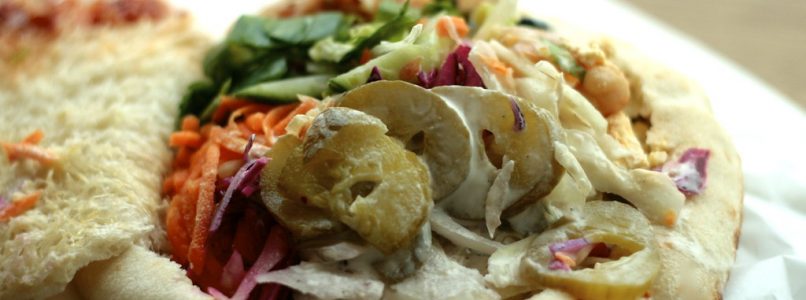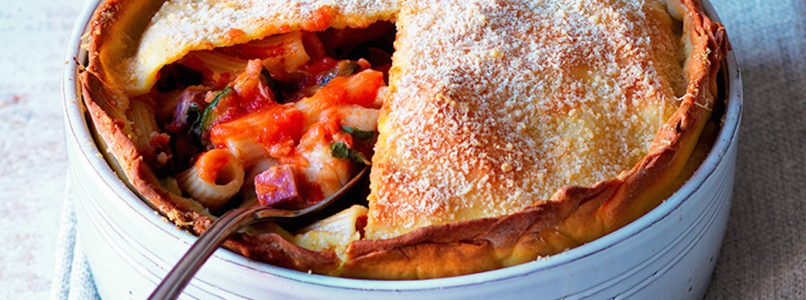All about sabich, the traditional Israeli-Jewish sandwich stuffed with aubergines, boiled eggs, salad and spicy sauce whose recipe recalls that of a typical dish of Shabbat
Anyone who has come across at least once Israeli cuisine will certainly have heard of the sabich, a rich and tasty sandwich that contains all the taste and tradition of that country. This sandwich, brought to Israel in the 50s by Jewish immigrants, has undergone some changes over the years, but is still a representative dish of Israeli street food and in addition to being widespread in the city of Tel Aviv and other areas of the Middle East it is also slowly making an appearance on restaurant menus in other parts of the world.
History, origin and curiosity about the Sabich
Few sandwiches in the world are so deeply linked to the history and culture of their country of origin. The origins of the Sabich date back to the 1940s and 1950s when emigrant Jews from neighboring countries moved to Israel, bringing with them ingredients and aromas typical of Shabbat. What was initially a Jewish dish it was soon adapted to local cuisine, until it became a real sandwich thanks to the addition of laffa, a focaccia similar to the most famous pita. The first name of the Sabich dates back to the period when the sandwich took hold in the Jewish community, and beyond, and began to be prepared and sold as street food at the Sabich Tsvi Halabi kiosk. Many mistakenly believe that the name is an acronym for its ingredients, namely salat (salad), beitzah (egg) and hazilim (eggplant), while still others believe that the letters of the root of the word, namely S, B and H, compose the word "morning" in Arabic, as the time of day during which the sandwich was traditionally eaten.
Recipe and evolution of the Israeli sandwich
There original sabich recipe consists in stuffing a lafa focaccia with well fried eggplants, brown boiled eggs, Israeli salad and amba sauce. According to the tradition of the Israeli Jews of Ramat, who abide by the Jewish rule of not cooking on Saturday, the eggplants are fried on Friday, while the eggs between Friday and Saturday were left to boil the eggs slowly for a period ranging from 8 to 12 hours; what you get are the so-called haminados eggs, brown-colored boiled eggs that traditionally, seasoned with salt and pepper, are served in the breakfast on Saturday morning. The other two typical ingredients to add in the stuffed sandwich are the amba sauce, a chutney made with unripe green mangoes, vinegar, salt, chilli pepper, turmeric and fenugreek, and the Israeli salad, prepared with tomatoes, onions and cucumbers cut into small cubes and seasoned with lemon juice, salt and parsley. Although many Iraqi Jews have remained faithful to the original version of sabich, there are many ingredients that are sometimes added to the lafa, including hummus, tahini sauce, Israeli green sauce called zhug, chips, pickles, falafel and a wide variety of herbs and spices. Whatever the variant of the chosen sabich, this tasty sandwich represents a unique dish and is able to delight you with its enchanting balance of flavors and its unmistakable Middle Eastern aroma.
Photo: Israeli sandwich sabich_Eatingeast.jpg


